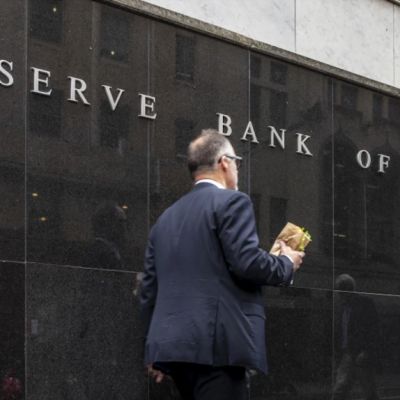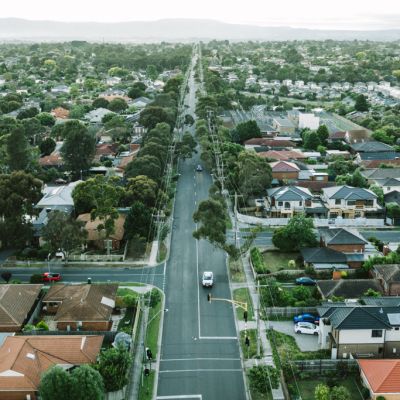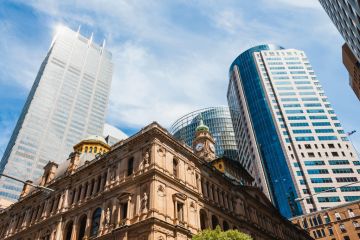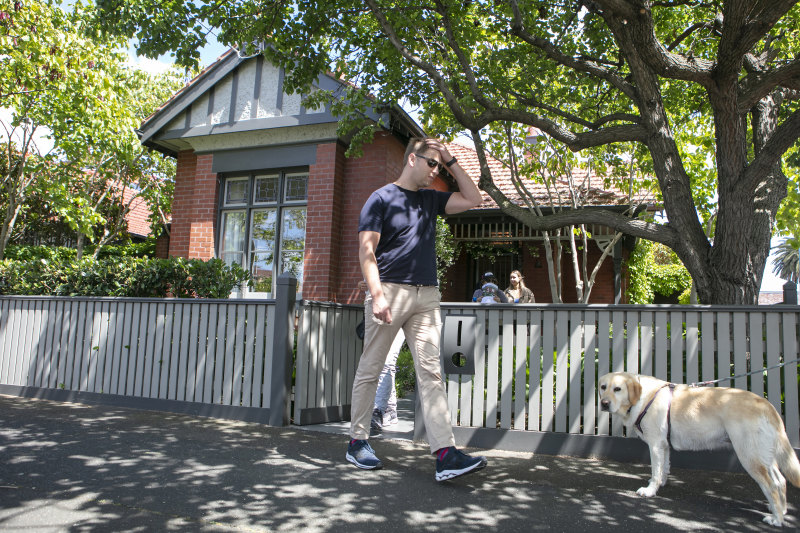Six costs you need to be prepared for when buying an investment property
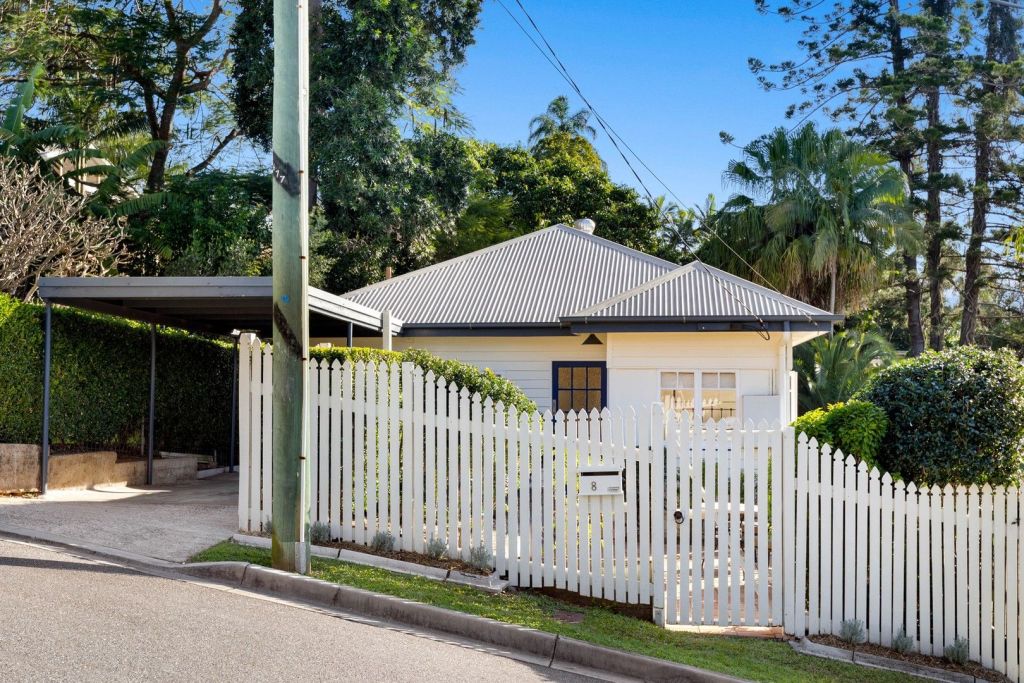
Investing in property has always been considered a sure bet. But you’ll need to be prepared to encounter some costs along the way.
First-time buyers or new investors often don’t understand the total cost of purchasing and maintaining a property, says Tony Xia of The Mortgage Agency.
“Ongoing costs are often vastly underestimated when investors are doing their cashflow analysis – normally, we would allocate 30 per cent of the total rental income received to some of the regular ongoing costs,” he says.
The big factor when doing a cashflow analysis is, of course, the interest rate. “A buffer should always be included for potential rate increases,” Xia says.
The deposit
You’re going to need a sizeable deposit to get into the market, particularly given that borrowers have tightened lending criteria.
Lenders prefer borrowers to have 20 per cent of the full value of a house saved for a deposit.
You can still get a loan for a smaller deposit, but you may have to take out lender’s mortgage insurance (LMI). And the property will also take longer to pay off.
Lender’s mortgage insurance
LMI is an insurance policy designed to protect the lender from financial loss if the borrower can’t afford to meet their home loan repayments.
So, if the borrower defaults on their loan and selling the property doesn’t cover the value of the mortgage, the lender can make a claim on the LMI policy to cover the difference.
Generally, the lender will insist on LMI if you have saved less than 20 per cent of the value of the property you’re purchasing.
It’s not cheap, either. ANZ says it could cost over $10,000 on a home loan of $500,000 for which you’ve saved a $50,000 deposit.
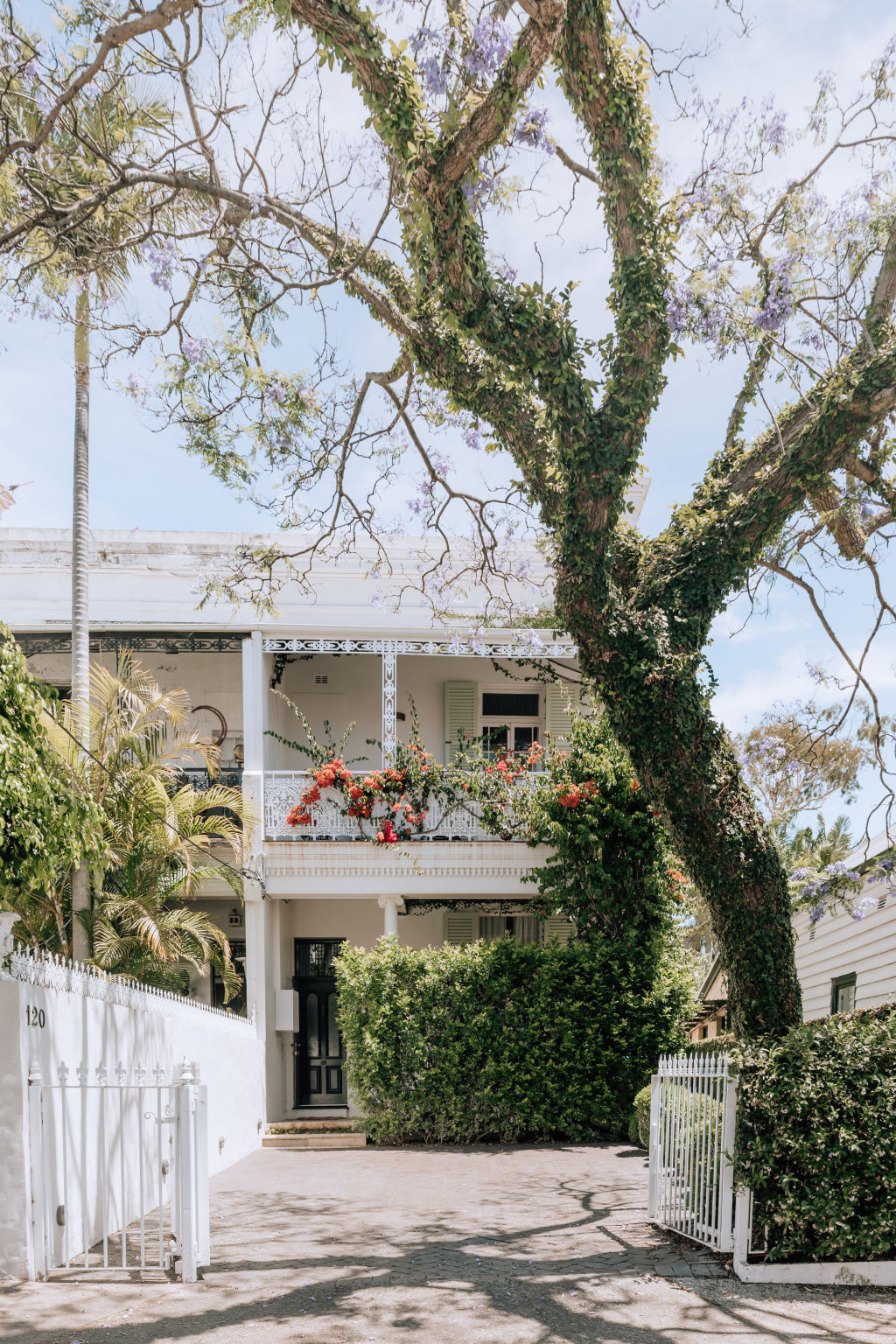
Stamp duty
When you buy a property, you pay a government tax called stamp duty. The tax on property transactions varies depending on where you live and the value of the property you’ve bought, and needs to be paid soon after settlement.
If you’re a first-home buyer you may not have to pay stamp duty if you’re eligible for your state-based first home owners grant. Calculate your stamp duty costs here.
Lender’s fees
The bank or lender you use will often charge a few different fees, which average around $686.
These fees cover loan application and documentation fees, which is a one-off payment, but there could also be monthly loan service fees, depending on your lender.
Other fees include offset or redraw fees on your loan balance, so understand the upfront and ongoing loan fees before signing on the dotted line.
Pest and building report
A building inspection is an important step in buying a property.
You’ll need to track down a licensed building inspector to visit the property and provide a full report outlining the findings. The will cost vary between states, the type of property and the type of inspection you want to be done.
According to Canstar, an inspection for an average-sized home in a regional area could be around $500, or $800 to $1000 for inspections in city areas.
A professional pest-control report will also be needed, which will add roughly another $330, according to Jim’s Building Inspection.
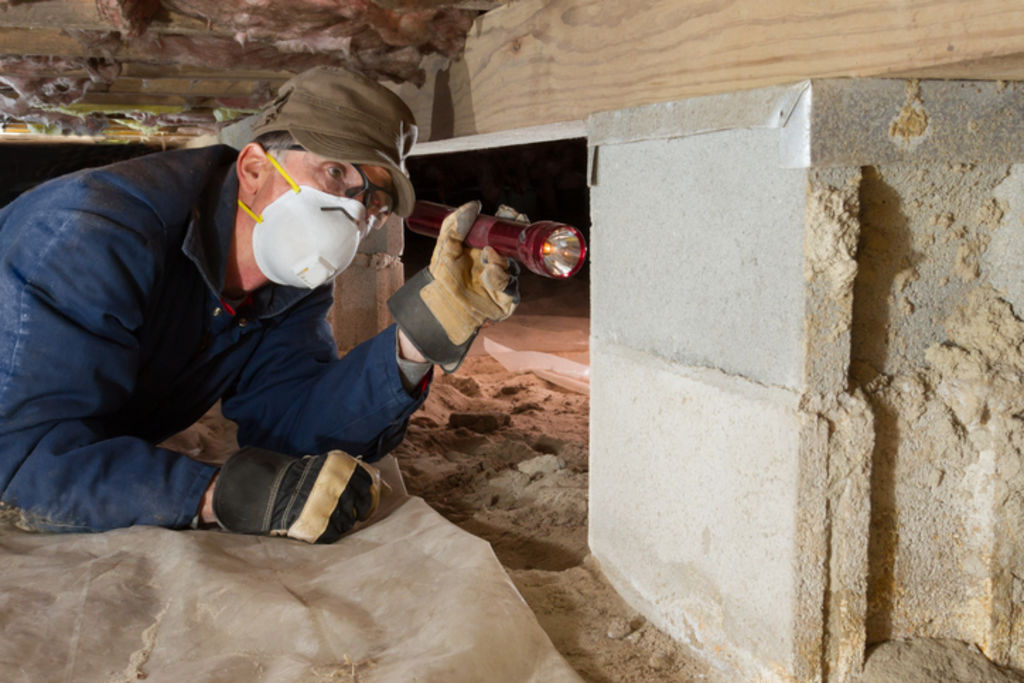
Property management fees
Putting your investment in the hands of a property manager adds up, with fees ranging between 5 per cent and 12 per cent of your weekly rent, depending on the agent you use.
It’s a good idea to ask the property manager to call you before organising any maintenance on the property in case you can handle it yourself, which will help save money.
Other ongoing costs include council and water costs, insurance, repairs and maintenance and strata costs if your property is on a strata title.
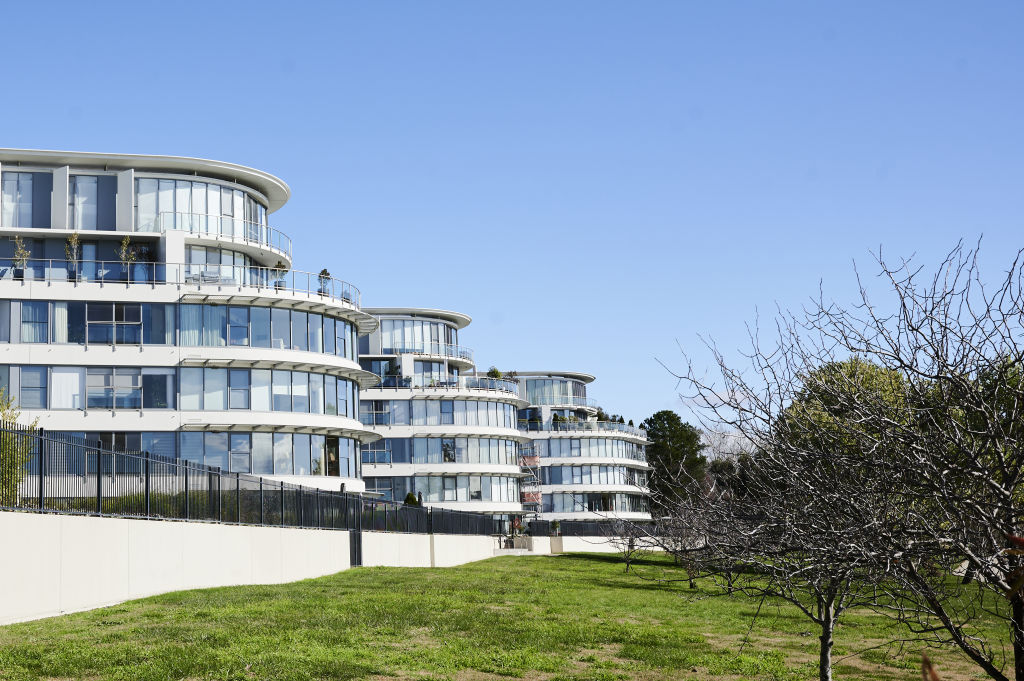
Of course, some of these costs can be offset through depreciation at the end of the financial year, which will provide you with a tax refund.
However, Xia warns that the tax benefit shouldn’t be used as a measure for the cash flow analysis, as depreciation deductibility value diminishes over time.
“In other words, you won’t be able to claim as much, therefore the tax refund will reduce over time.”
We recommend
RBA holds the cash rate again
Christmas gift: RBA holds cash rate at 4.35 per cent
We thought you might like
States
Capital Cities
Capital Cities - Rentals
Popular Areas
Allhomes
More
